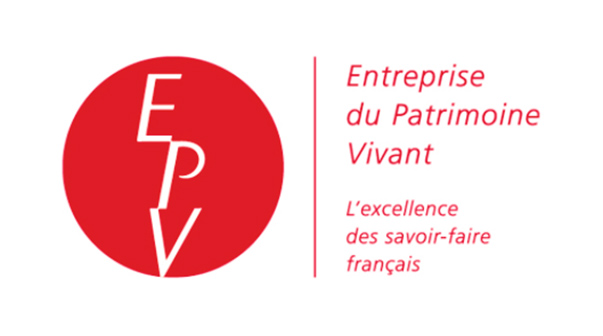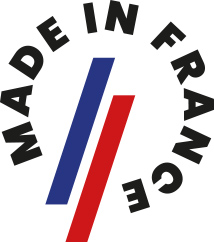
LANGUAGES :
LANGUAGES :
The house
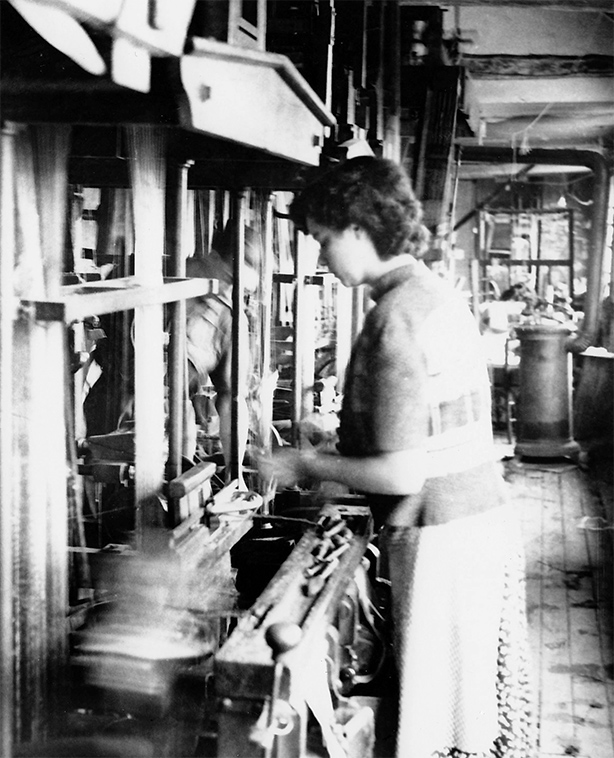
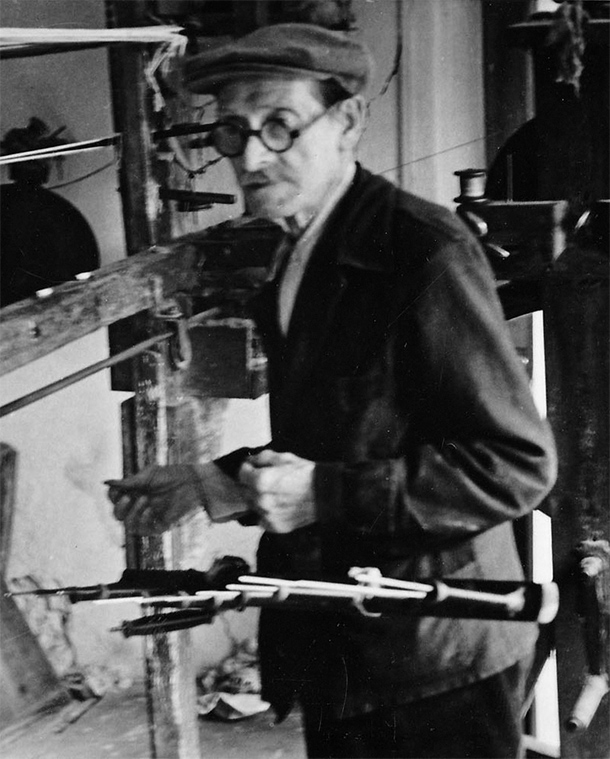

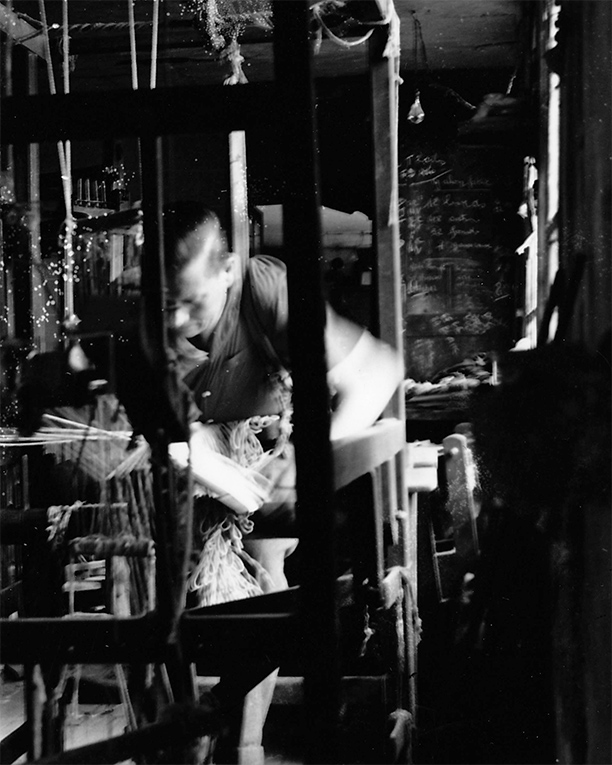
In France the traditional art of trimmings is very old.
In the village of Belloy-en-France, the culture of trimmings dates back to before the reign of François the 1st (1495-1547) and unlike many other institutions since forgotten, the art or trimmings is alive and well in Belloy-en-France (25 km to the north of Paris).
From the second start in1926 of a small workshop by the great-grandfather of the current management, a veritable trimmings industry will be born.
All creations designed in Belloy-en-France can be seen in Paris in the 11th district, a showroom on par with the Belloy prestige.
Natural silk, mercerized cotton, wool as well as newer fibres, with colour schemes ranging infinitely ... Thus begins the history of the braid. And then our designers bring the image, the colours and the tilt of today’s fashion. A pattern is created and a board traced. Each is then added to the existing repertoire of over 2.000 boards and patterns, the untouched memory of the creative wealth of the company.
Placed on Jacquard looms, they are used to make some of the most intricate braids.
Pompons, tiebacks, jasmines, cut fringe ornaments, fringes and braids are still made by hand by impassioned artisans.
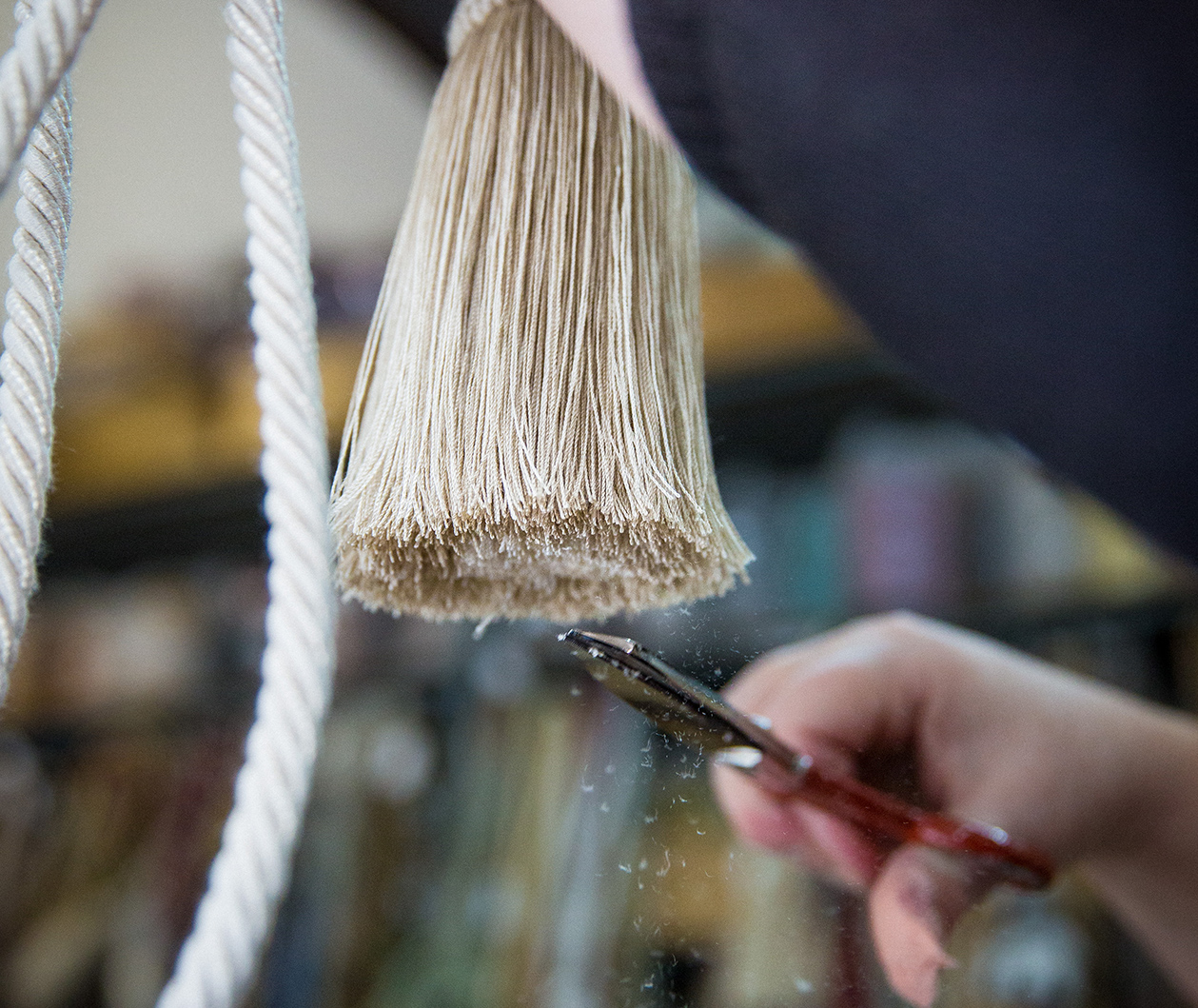
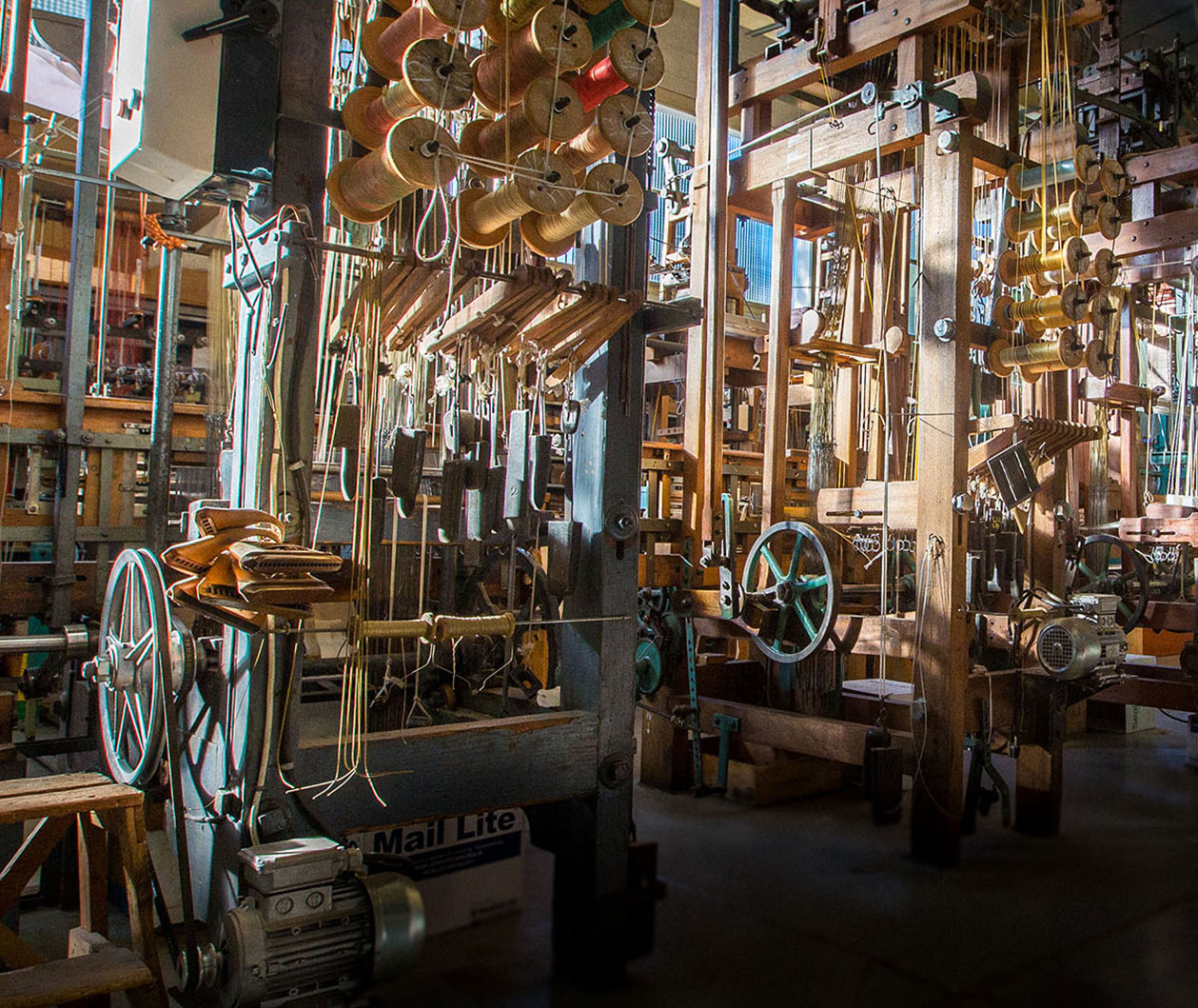
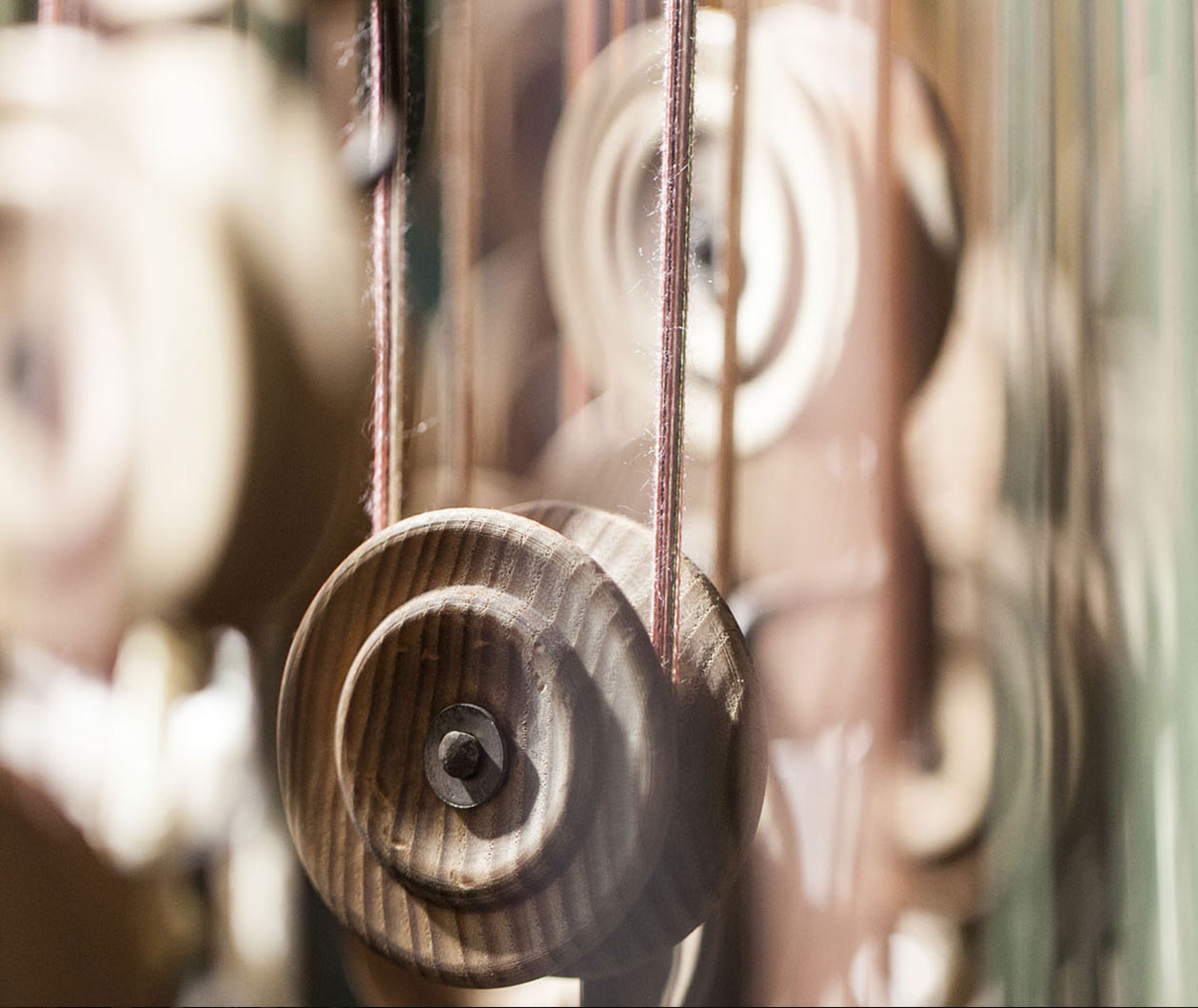
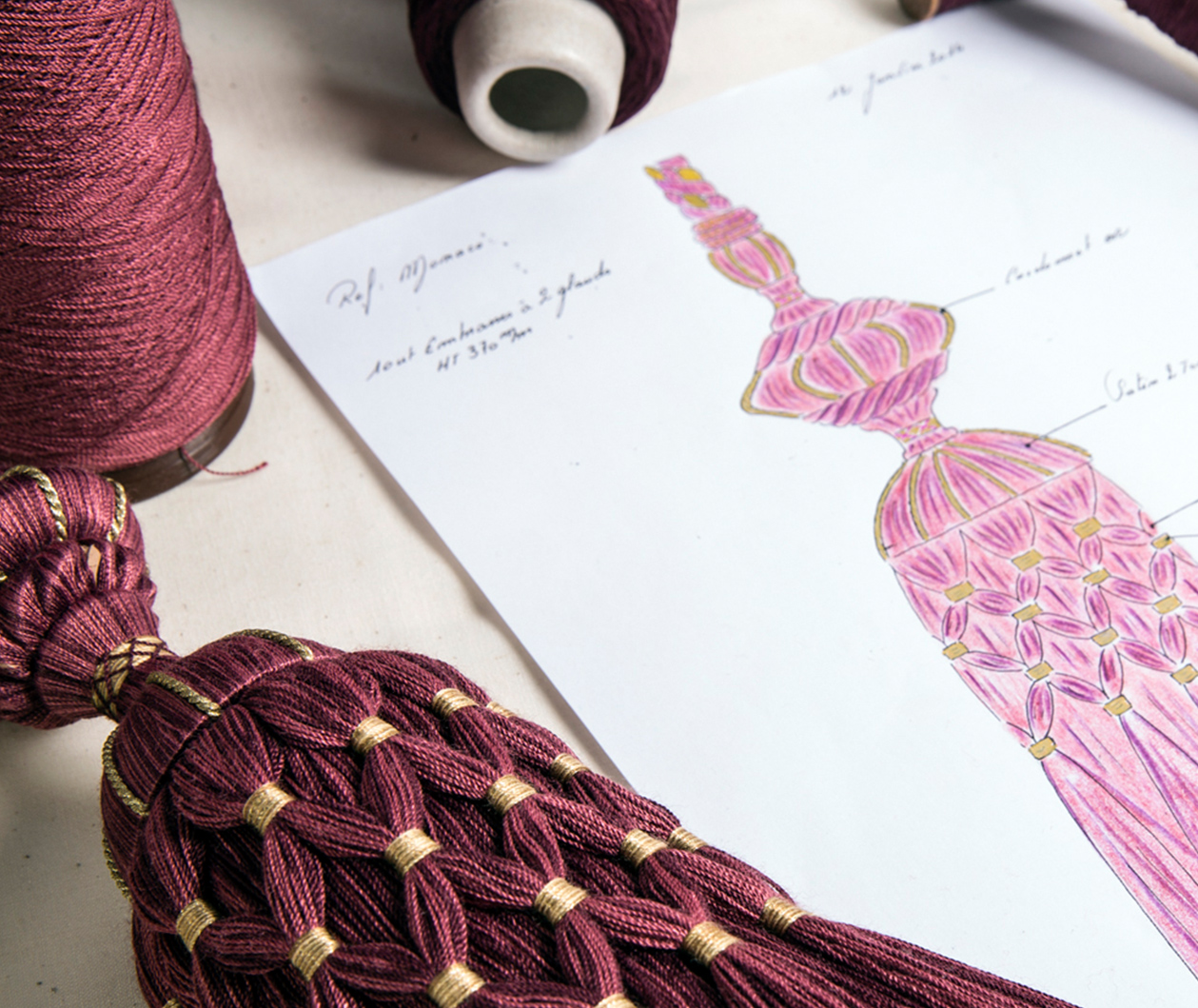
The art of trimmings is at once ambiguous and complex, subject to various uses in interior decoration and fashion alike.
If certain clients wish to modify a product, change a colour, we are open and able to respond to all requests.
Our worshop being on site, our capacity to react is immediate.
Some decorators need customized or confidential trimmings; we can use our teams towards making their dreams come true.
Contact :
Yves Oberti
11 rue Trousseau
75011 Paris - FRANCE
Tél : +33 1 48 05 44 33
info@pidf.fr
The trimmings from the île de France work with various fibers to deliver high-quality or custom-made products to you.
Viscose: Viscose is a synthetic fiber made from cellulose. It is considered one of the oldest synthetic fibers and is mainly used in the production of various textiles.
Cotton: This fiber is usually processed into yarn, which is then woven to manufacture fabrics. Cotton is the most significant of the natural fibers produced worldwide
Wood: Wood is a precious material that is essential for craftsmanship. The demand for wooden creations is growing in the luxury market.
Wool: Material consisting of soft and thick hairs, varying in length, growing on the skin of certain mammals, particularly ruminants, and used as a textile.
Lurex: Textile yarn coated with polyester, giving it a metallic appearance.
Plexiglass: A hard, transparent, and unbreakable plastic material used either as safety glass (especially in the aerospace and automotive industries) or in the production of various objects.
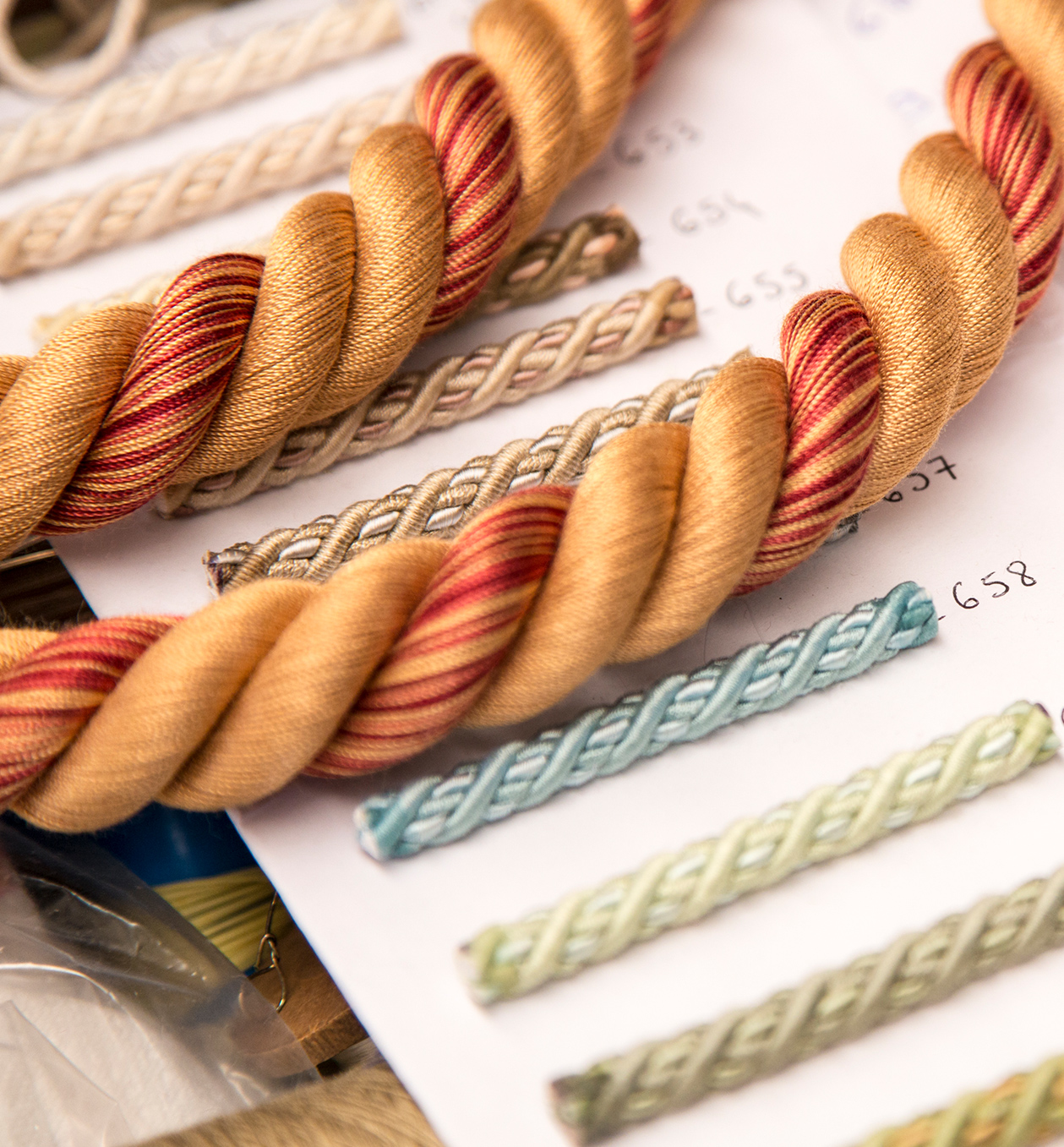
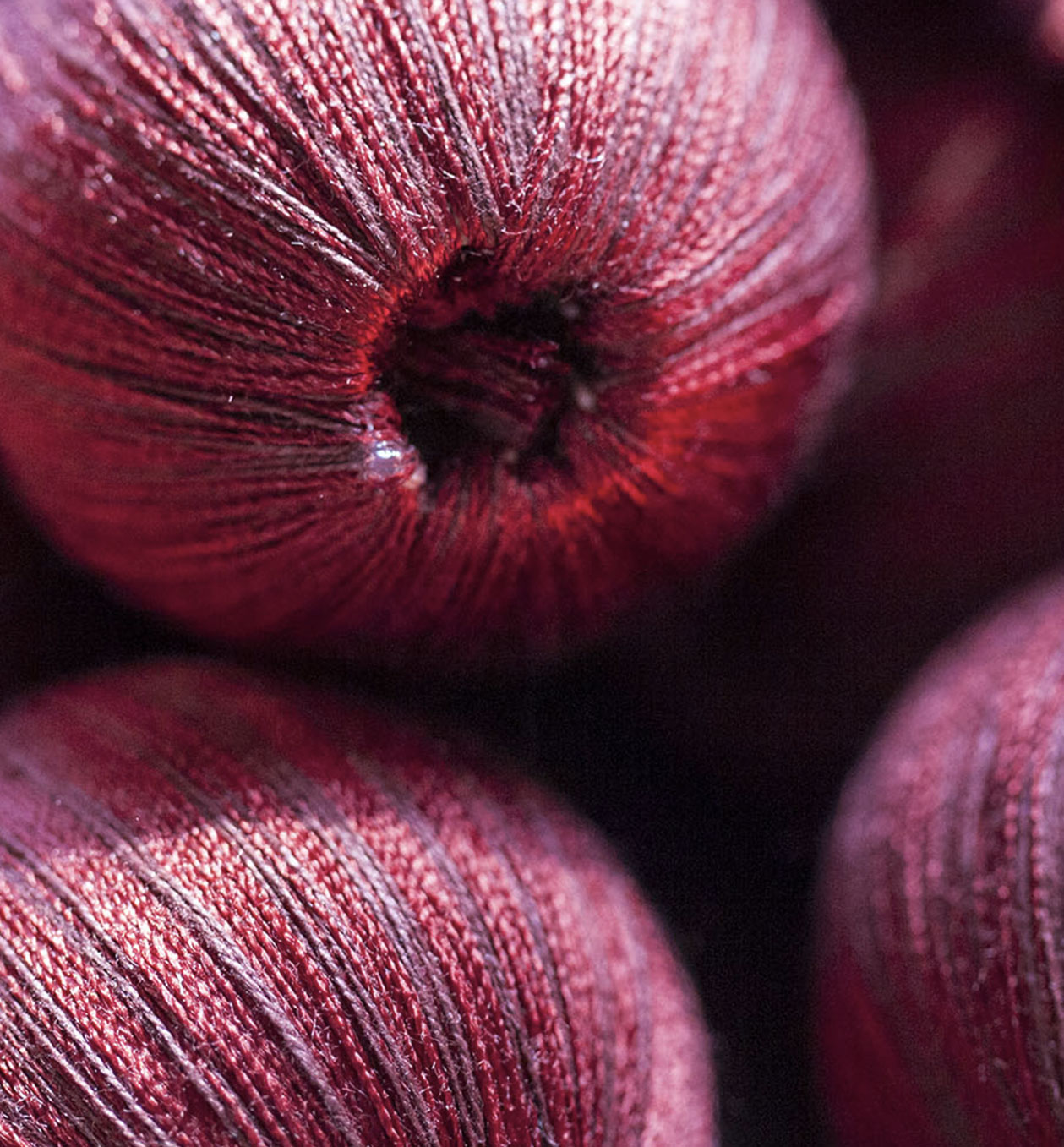
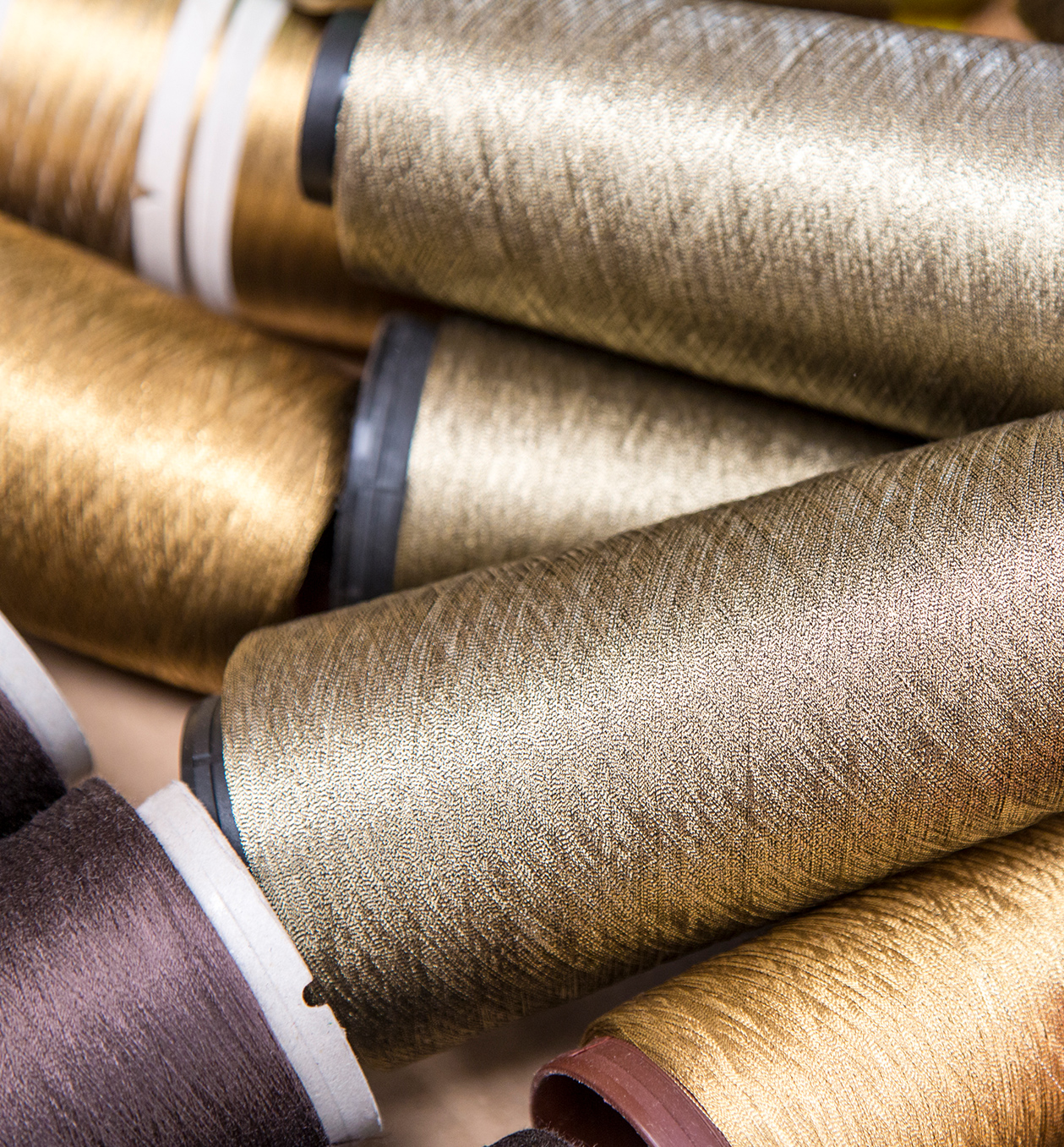
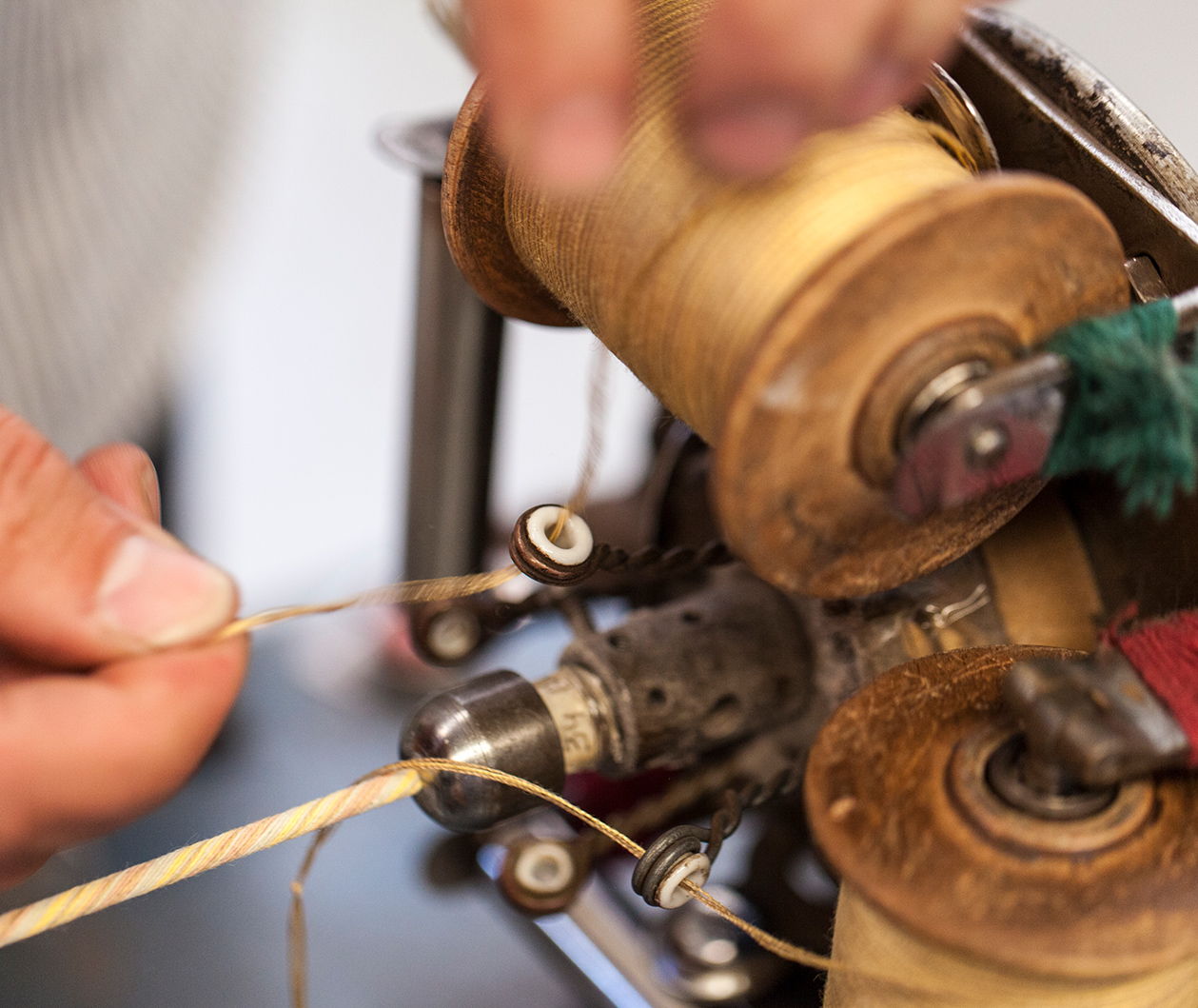
Delivered by the French Ministry of Economy and Finance, the label is now issued by the National Institute of Arts and Crafts (Institut National des Métiers d'Art). Its objective remains the same: to highlight rare, advanced, or traditional craftsmanship, whether in the arts, industry, or gastronomy.
Both industry and craftsmanship can be rewarded with this distinction. Indeed, industries using cutting-edge technologies and possessing high-value intellectual property are just as worthy of recognition as manual craftsmanship.
Companies that have been awarded this prestigious label benefit from national and international visibility, being invited to professional trade shows and gaining access to an exporter network, as well as enjoying tax benefits to ensure their economic development and sustain their work in the long term.
